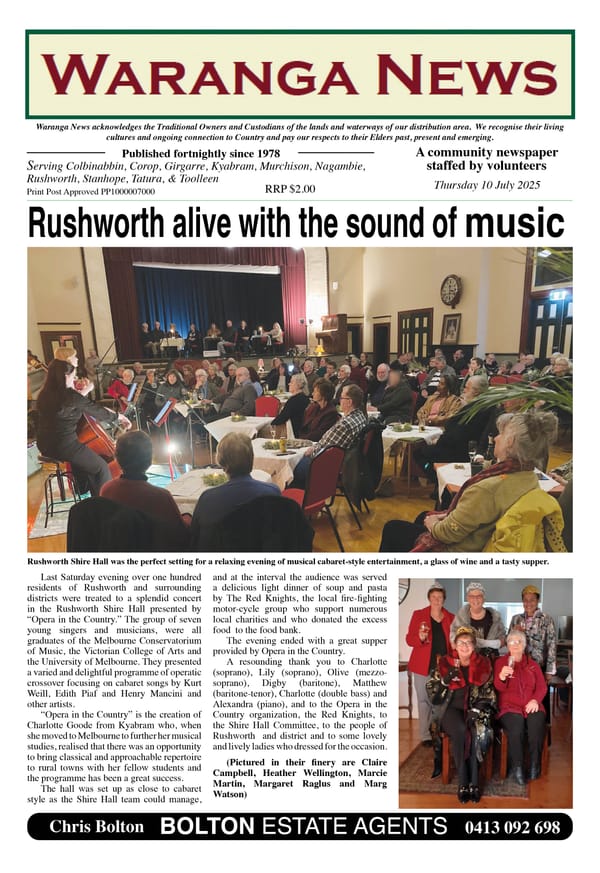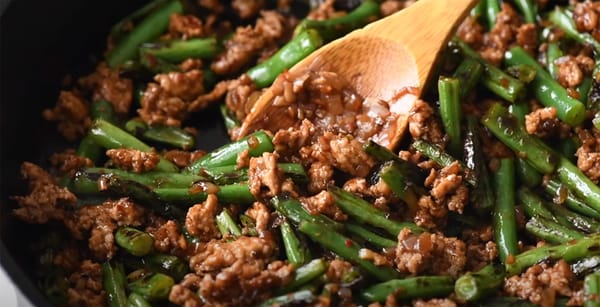12. Summer on the river

Logically, you would expect that Aboriginal people would have retreated to the vicinity of the Campaspe and Goulburn Rivers during the summer. Access to a reliable supply of water and food resources would have been vital. This was the conclusion reached by Harry Parris when he was thinking about seasonal movements of the Ngurai-illum Wurrung people of the local area.
Parris thought that in summer, the Ngurai-illum Wurrung frequented the river around Dhurringile (an Aboriginal word meaning “crouching emu”) and North Murchison, but not much further north on the river because of their enmity with the Bangerang.
FISHING METHODS
The Ngurai-illum Wurrung were experts at fishing. Fish formed an important part of the diet at this time of year. Beautifully clean, unpolluted water in the Goulburn River enabled the men to go into “the water with short, barbed spears in their hands, with which they dived and speared the fish in its own element.”1 Implied in this is the fact that Aboriginal people were excellent swimmers, both on the surface and underwater. This also gave them access to a wide range of foodstuffs other than fish, including crustaceans, mussels, tortoises and water birds.
Other fishing methods included the use of sophisticated hand-made nets, weirs and fish-traps. In billabongs and waterholes that had been isolated by receding waters, fish could be caught by “throwing into it (the water) a quantity of fresh gum boughs, as a result of which, in a few hours, the fish died and came up to the surface.”1
MAKING NETS
Fishing nets were skilfully made from natural fibres – either from rushes, bark or possibly tougher grasses. Parris claims that “This tribe did not use fish hooks, although they were particularly skilful in the manufacture of string…The string was made by twisting the roots of bulrushes by rubbing them between the hands and on the thighs”. Another observer suggests the rushes were first chewed and softened before being rubbed to make the string, which was also used to make nets to trap low-flying water birds.
OTHER ELEMENTS OF DIET
As well as the bounty from the rivers, Aboriginal women supplemented family diets from a wide range of sources. They would harvest edible root crops, herbs, seeds, fruits and vegetables as well as searching for honey, small animals, reptiles, grubs and insects.
In this way, the Ngurai-illum Wurrung could relatively easily provide enough food and a varied diet, which in turn meant that the people remained in good health. Unfortunately, this later ceased to be the case as access to food resources dramatically diminished from the 1840s. Relying on “rations” that led to a much narrower diet, including processed foods like sugar and white flour, meant poorer health and greater susceptibility to disease.
GENERATIONS OF LEARNING
The relative ease of the life on the riverbanks was the result of learnings over millennia, as food collection techniques continually advanced. The comprehensive skills passed from generation to generation meant that there was adequate time for other pursuits. This may have included attention to things of a spiritual and ceremonial nature.
It may also have meant that it was a time when people from other clans gathered with the Ngurai-illum Wurrung. If Harry Parris’ proposition is correct, and they were camping on the Goulburn north of Murchison in summer, then this would represent the time of year when they were in the closest proximity to the Yorta Yorta clans. Although they were generally regarded as hostile, there were occasions when the two language groups got together for the purpose of ceremony and inter-marriage.
References: 1 Numurkah Leader 5.1.1943 p 3




